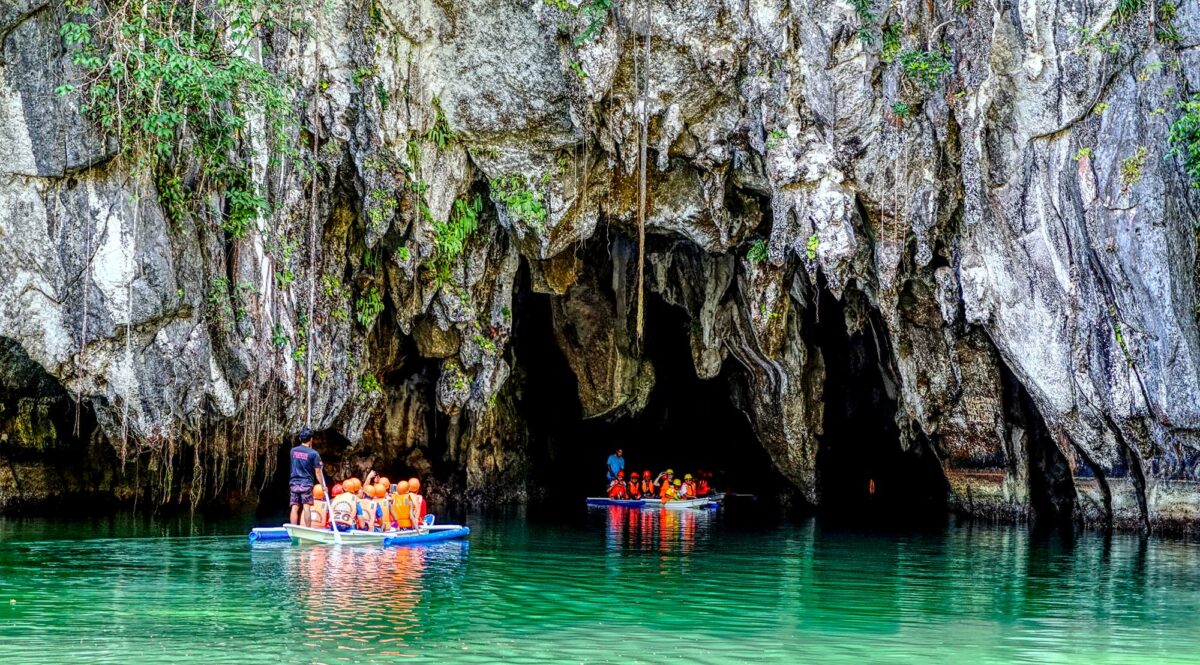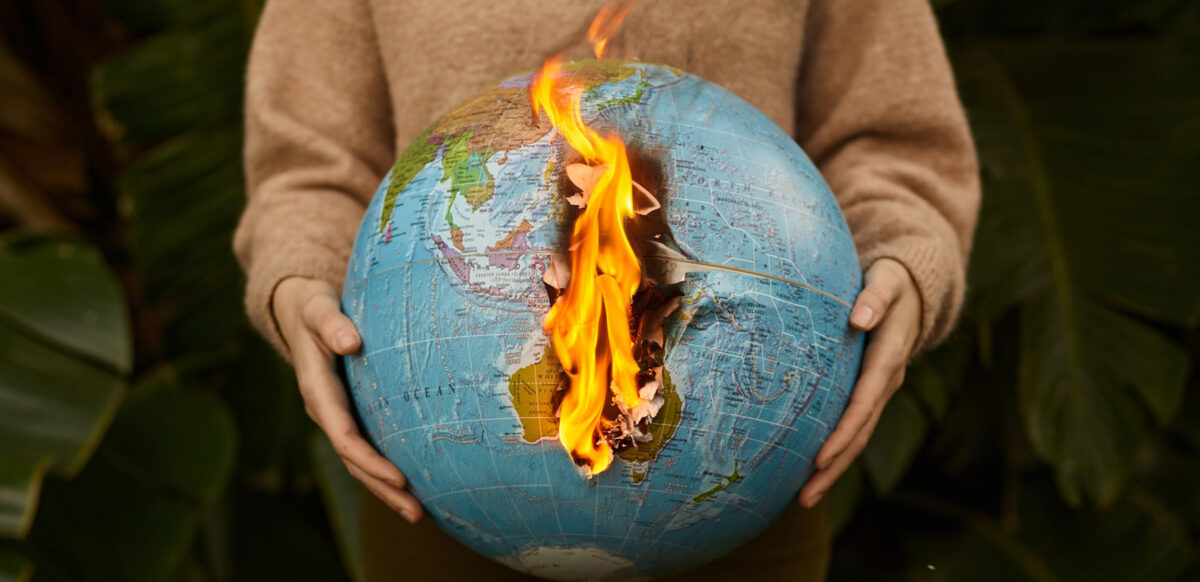Halloween night brings out all kinds of crowds, from candy-crazed kids to costumed partygoers. On this festive evening of spooky celebration, everyone is focused on having fun, seeking out scares, and maybe causing a little mischief. But just like Cinderella’s carriage had to turn back into a pumpkin at midnight, Halloween fun can’t last forever. And when you wake up on November 1, the sights that await you aren’t always pretty.
After trick-or-treating ends, you’ll probably notice more than a few candy wrappers and abandoned costume pieces littering your neighborhood. For outdoors appreciators and eco-conscious citizens, seeing all of this trash lying in the grass and on the roads can be more distressing than a horror movie. Unlike the problems faced by most scary movie protagonists, there is a simple solution to this litter conundrum. Host or join a post-Halloween clean-up event!

What is a post-Halloween clean-up event? As the name implies, it’s an opportunity for communities to get together after Halloween and pick up any litter in their neighborhood. This can be as easy as getting your family together to pick up trash along the street or joining a community clean-up activity. Check local Facebook groups, community pages, and Eventbrite listings to see if there are any existing events you can support.
If there are no clean-up initiatives in your region, consider starting one. Sometimes, all it takes is one person leading the charge for people to join in. You can even go above and beyond by offering a jack-o’-lantern recycling service. Michigan’s Department of Environment, Great Lakes, and Energy came up with an excellent list of ways to recycle these unwanted pumpkins. Options include donating them to local farms and zoos for the animals or dropping them off at a community composting center.
Want to find even more ways to help? Check out this list of ways to support your local animal shelter.



